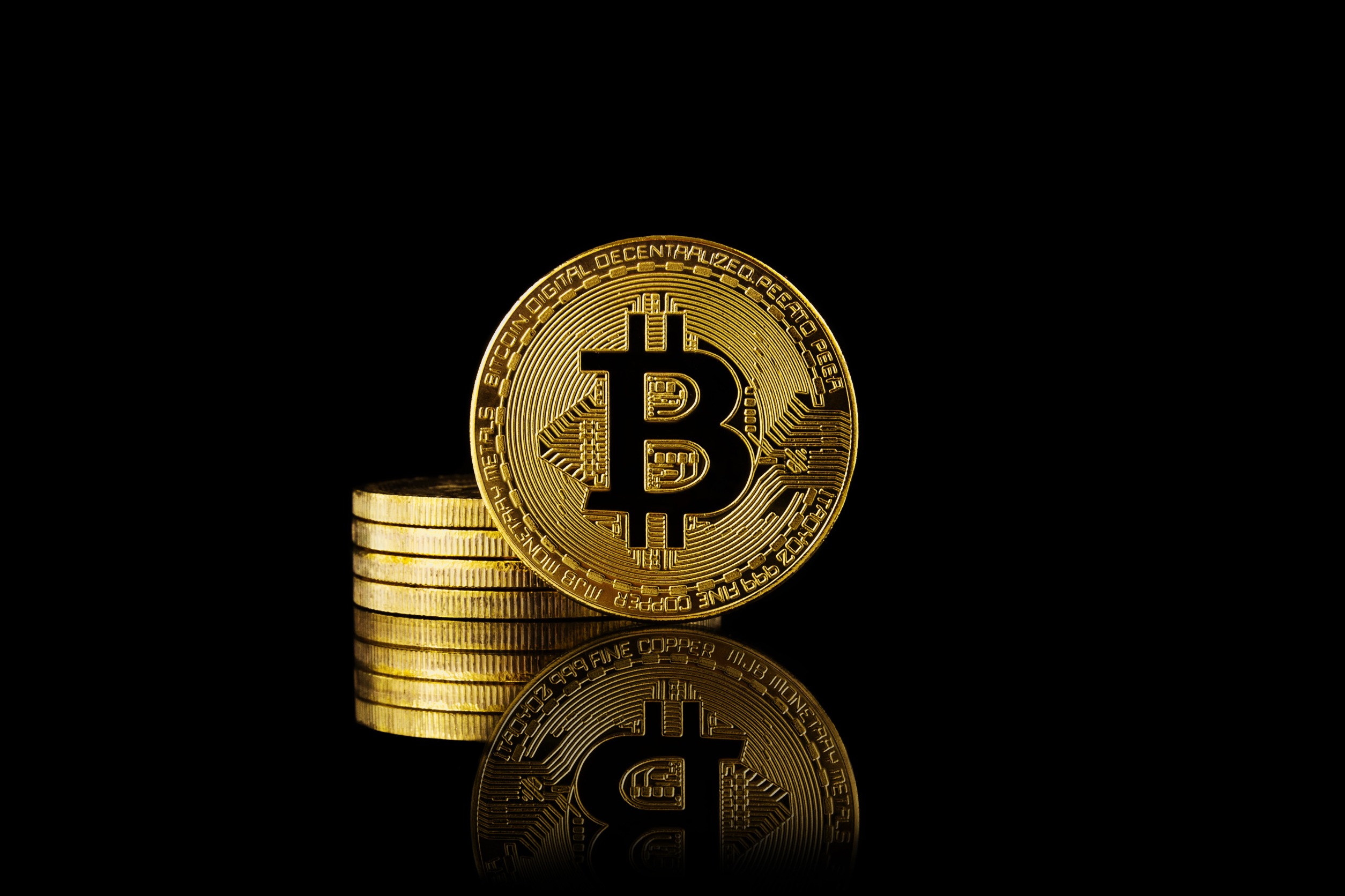Everything You Need to Know About Crypto’s Big Moment: “The Merge”

The clock is ticking down to one of the most momentous moments in cryptocurrency history – scheduled for tomorrow, just before 3:00 PM ET. Here is an introduction to the “merger” and why it is important.
Remember Y2K? The tense moment when the clock struck midnight on New Year’s Eve 1999, and people held their breath to see if civilization would survive the global computer system’s sudden transition from “99” to “00”?
Tomorrow is going to be a bit like that for the crypto world.
Granted, it’s not a perfect analogy. No one, as far as we know, is stockpiling canned goods and bottled water or predicting that the world is going to go up in flames. But this is a historically significant week for cryptocurrency, and it boils down to a single moment: Tomorrow afternoon, just before 3:00 PM ET, the much-anticipated, almost mythologized Ethereum “merger” is scheduled to finally take place. Its ramifications are expected to be enormous – but no one can say with absolute certainty how smoothly the process will go.
What the hell is the “merger” anyway?
Aside from being the only thing that most crypto enthusiasts have been able to discuss in recent days, the “merger” is a phrase that refers to an impending software update for Ethereum, the blockchain network that manages the cryptocurrency Ether, or ETH. (Ether is currently the second most valuable cryptocurrency in the world after Bitcoin.)
Doesn’t sound like a big deal, right? Most of us routinely download software updates to our iPhones, often without much noticeable effect. But this is more than just an upgrade to the mechanics of how Ethereum works; it’s an overhaul of some of the most fundamental tenets of cryptocurrency—one that could have significant ramifications, both inside and outside the crypto community. Google has even launched its own countdown to the merger to celebrate the event.
Since it first came online in the summer of 2015, the Ethereum network has relied on a system called “proof-of-work” (PoW), which is based on a network of computers that solve complex mathematical puzzles as a prerequisite to facilitate transactions and mining of new cryptoassets on a blockchain. As the name suggests, PoW requires entities to submit proof of a certain level of computational effort before they can participate in the process of constructing a blockchain.
If the last couple of sentences went over your head, don’t worry, the technical details don’t matter much for our purposes here. What you should know are these two points:
- PoW is also the framework for the Bitcoin network;
- PoW requires a huge (and we mean huge) amount of energy to operate.
Tomorrow, Ethereum will transition to – or merge with – another system, called Proof-of-Stake (PoS), which has been shown to require significantly less energy, thus (hopefully) making Ethereum much more environmentally friendly. PoS is a system where Ether holders stake some of their Ether in exchange for the opportunity to contribute to a blockchain.
According to some estimates, the merger could reduce Ethereum’s energy consumption by as much as 99%.
But it’s not just a concern for Mother Earth that has crypto enthusiasts excited about the merger; there are also economic reasons. After the merger, investors will theoretically be able to earn interest on Ether, just as they currently do through traditional financial instruments (like bonds, for example). Those who stake Ether in the new PoS system – “stakers” in industry parlance – will earn interest on the virtual currency they have deposited. Stakers are expected to earn around 4% on their Ether investments after the merger, and that number is likely to rise over time.
This change could potentially encourage big league investors to buy Ether, thus potentially helping to push cryptocurrency further into the mainstream consciousness – and perhaps helping to revive the value of Ether, which has suffered during the current “crypto winter.” There are some who predict that the merger could lead to Ether replacing Bitcoin as the world’s most valuable cryptocurrency – a potential called “the flippening”.
What can go wrong?
There are of course some catches.
First, investors will not be able to withdraw their stake Ether for at least several months, until the Ethereum network goes through a new software upgrade. In other words, return on investment will take some time.
There may also be some form of intervention by the US Securities and Exchange Commission (SEC). To date, the commission has treated Ether as a common commodity and therefore has not bothered to introduce regulations. But there are some who believe that the merger could technically turn Ether into securities, which could force the SEC to step in. “Something no one is talking about: after the merger, there will be a strong case that Ether will be a security,” Georgetown law professor Adam Levitin tweeted in July. “The token in any proof-of-stake system is likely a security.”
Something no one is talking about: after the merger, there will be a strong case that Ether will be a security. The token in any proof of stake system is likely to be a security.
— Adam Levitin (@AdamLevitin) 23 July 2022
On Monday, Coinbase – the world’s leading crypto exchange platform – published a blog post outlining some other possible risks associated with the merger. These were divided into three categories: technical, operational and financial. The merger “is the most technically complex upgrade ever to happen in crypto,” wrote the author of the blog post,” but it “wouldn’t happen in a few days if there hadn’t already been extensive testing and high trust. in execution.”
Time will tell if all that planning pays off. For now, the crypto world is holding its breath.
For more, sign up for The Drum’s Inside the Metaverse weekly newsletter here.

























